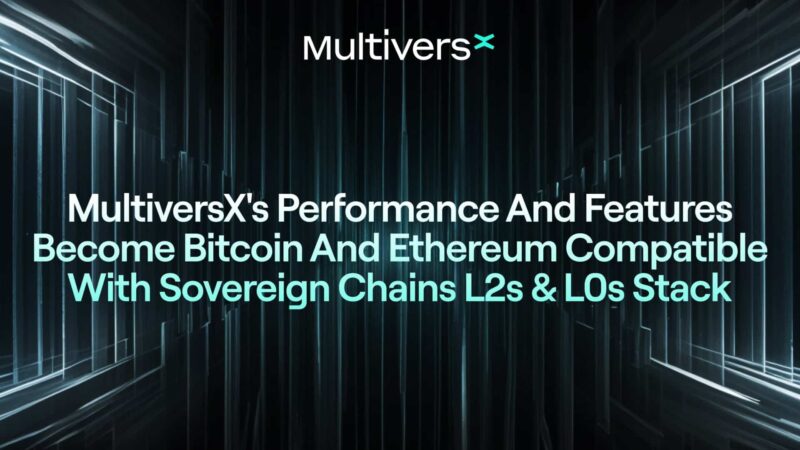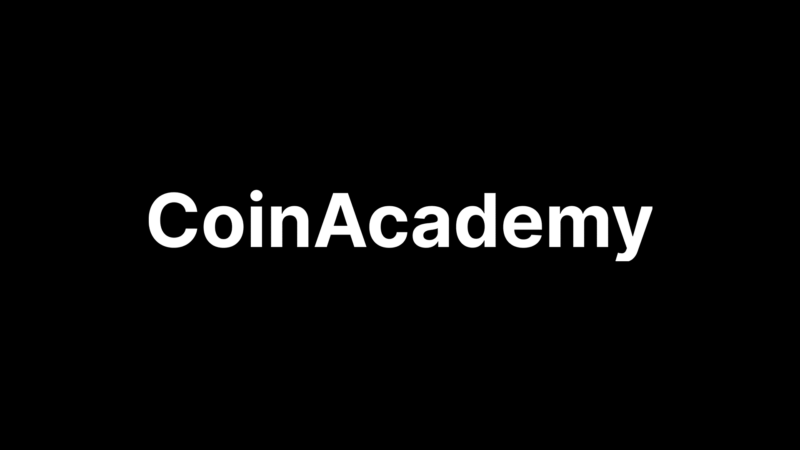Emphasizing on Accessibility and Efficiency
The highly anticipated Pectra update by Ethereum developers is set to be deployed on May 7th, following rigorous testing, including a final incident-free test on the Hoodi testnet. This update represents Ethereum’s most ambitious evolution since March 2024.
The Pectra update introduces ‘abstract’ wallets with smart contract functionalities, aiming to automate actions, enhance security, and improve accessibility for all users, including institutions.
The proposed EIP-7251 increases the validator staking threshold from 32 to 2,048 ETH, simplifying large-scale staking management and optimizing network efficiency by pooling resources.
A Green Light for Pectra after Months of Adjustments
Prior to its implementation, Pectra underwent three phases of testing. The first two iterations revealed bugs, prompting the community to postpone integration onto the main network. The Hoodi test, however, proceeded without incident, signaling a smooth deployment.
This timeline showcases Ethereum’s meticulous approach to structural advancements. The Pectra update embodies a drive for simplification and optimization, particularly for wallet users and network validators.
Smarter and More Accessible Wallets
One of the significant advancements introduced by Pectra is the native integration of smart contract functionalities into wallets. This development paves the way for ‘abstract’ wallets that can automate certain actions, bolster transaction security, and streamline access recovery procedures.
In essence, Ethereum wallets could become as user-friendly as web2 applications, while still retaining the decentralized guarantees of the network. This revamp caters to the growing demand for accessibility from both novice users and institutional actors.
A Revolution in Ethereum Staking: Focusing on Efficiency
Another noteworthy feature is the EIP-7251 proposal, which raises the deposit ceiling for validators from 32 to 2,048 ETH. This measure aims to simplify large-scale staking complexity. Previously, entities wanting to stake significant amounts of tokens had to operate multiple separate validators. With this update, it will be possible to consolidate funds under a single node, optimizing both hardware and human resources.
This improvement aligns with the network’s goal of streamlining operations, reducing technical burdens for validators, and enhancing ecosystem resilience.
A Dense and Coordinated Update
Overall, Pectra encompasses eleven simultaneous implemented improvement proposals (EIPs). This all-encompassing approach reflects the developers’ intention to bring about a structural change in user experience, validator management, and overall network performance.
With just over a month until its launch, Pectra marks a strategic turning point for Ethereum. More than a mere technical evolution, this update aims to redefine the usage and governance of the network in an era of increased competition among next-generation blockchains.




